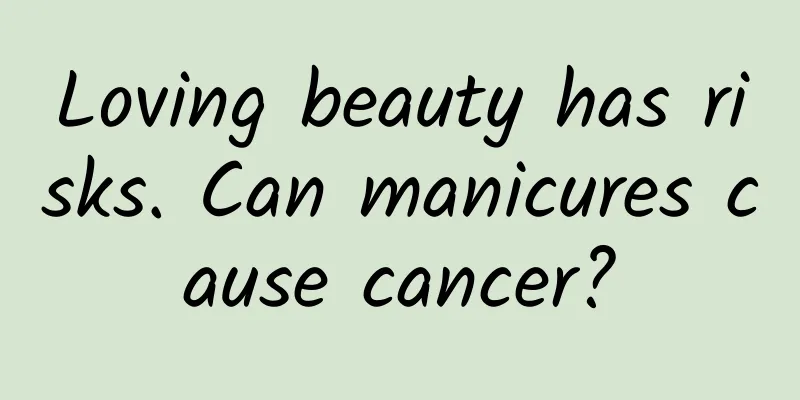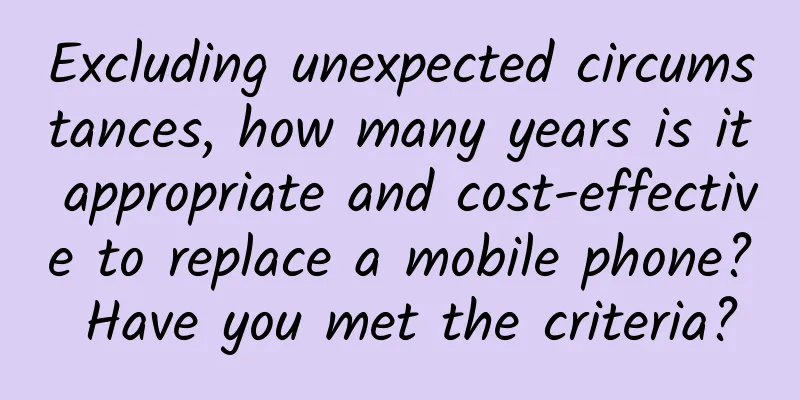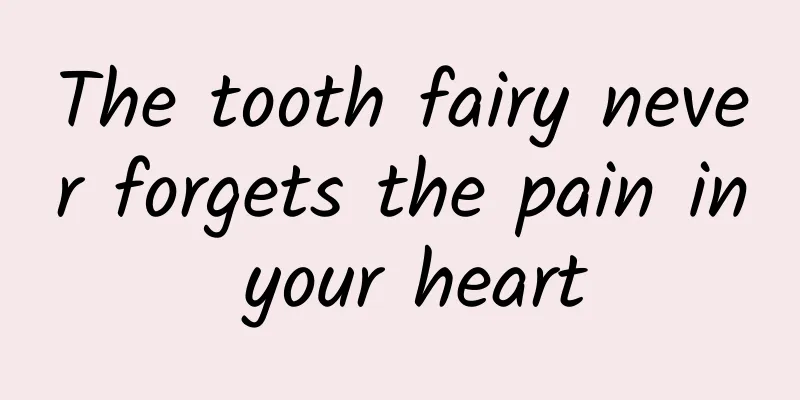Loving beauty has risks. Can manicures cause cancer?

|
"Golden phoenix flowers bloom more brightly, and the beauty's fingers are dyed red. Peach petals fall randomly when playing the zither, and tortoise shells float lightly when drinking wine." From ancient times to now, nail art has been deeply loved by women. But some time ago, the topics of **#Nail lamp exposure may damage DNA# and ** Two healthy women who regularly do nail art developed skin cancer# became hot searches, triggering a lot of discussion. So does manicure really cause cancer? Let's talk about it today. 01 The history of nail art First, let's take a brief look at nail art. In the early days, people used pure natural pigments, such as crushing henna - Impatiens balsamina to color their nails. I believe this is a beautiful childhood memory for many friends. Impatiens, also known as henna, nail grass, water nail, etc., has been a natural "nail polish" since ancient times. It can be crushed into red mud to dye nails. Image source: Xiaohongshu blogger @喵~妙~ Nowadays, there are many nail art products on the market. When it comes to nail art, almost everyone thinks of the scene of applying nail polish, and each time a layer is applied, a nail lamp will be used to illuminate the nails to ensure that they are firm. Image source: Photo Network 02 Are the ingredients in nail products safe? The main steps of manicure are applying nail products and using a nail lamp. These two processes are critical to the safety of manicure. Let's first look at traditional nail polish products. Traditional nail polish is mainly composed of resin, phthalate, solvent, pigment, pearlescent agent, etc. Among them, phthalate is mainly used as a plasticizer (plasticizer), which can make the nail polish film more uniform. Phthalates can enter the body through the respiratory system and skin, producing estrogen-like substances that interfere with the body's hormone balance, causing endocrine disorders and reproductive system damage. Excessive use can increase the risk of breast cancer in women. The solvents are generally organic solvents such as benzene, toluene, formaldehyde, acetone, ethyl acetate or alcohol. Some ingredients are irritating substances that are irritating to the skin and mucous membranes. Therefore, when applying nail polish, it is best to choose a well-ventilated location. Carcinogens detected in nail products Source: Reference [2] IARC classification: The International Agency for Research on Cancer (IARC) divides carcinogens into categories 1, 2A, 2B and 3. Category 1: Carcinogenic to humans, with sufficient evidence to prove carcinogenicity to humans; there is strong evidence of human exposure, and important carcinogenic characteristics and sufficient evidence of carcinogenicity are shown in experimental animals. Category 2A: Probably carcinogenic to humans, with sufficient evidence of carcinogenicity found in animal experiments, and although it is theoretically carcinogenic to humans, the experimental evidence is limited. Category 2B: Possibly carcinogenic to humans. Category 3: Carcinogenicity to humans cannot yet be classified. Nail polish products that require nail lamps are called ultraviolet light-cured nail polish, or UV nail polish, and are the most commonly used nail polish products in nail salons. The main components of nail polish are resin monomer molecules and photoinitiators, in addition to pigments and dyes, rheology modifiers, adhesion promoters, toughening agents, monomer diluents, cross-linking agents, solvents and other additives. Compared with traditional nail polish, it is safer, but some also contain irritants. Among them, the photoinitiator is also called a photosensitizer or a photocuring agent. After being exposed to light, it can form free radicals or cations, which trigger a polymerization reaction, thereby polymerizing the monomer resin molecules together. Friends who have done manicures should know that the nail polish gel solidifies quickly when the nail lamp is turned on. This is because the resins are connected together "hand in hand" and produce a **** polymerization reaction . Image source: liftchem.com In addition to nail polish, a large number of auxiliary supplies are used in the manicure process, such as nail polish remover, nail polish remover, dead skin softener, disinfectant, nail glue, glue dissolving agent and balancing liquid, etc. These products contain some chemicals that have potential risks to human health to a greater or lesser extent, but as long as the products are compliant and we do not use them in large quantities every day, there is no need to worry about getting cancer. 03 Do nail lamps cause cancer? Nail lamps are usually composed of multiple groups of light-emitting diode (LED) bulbs, which use ultraviolet (UV) of a specific wavelength (generally mainly UVA band) to activate photoinitiators to cure nail polish. Here we will learn about ultraviolet rays. According to the wavelength, ultraviolet rays in daily life are mainly divided into three categories: ultraviolet A (UVA), ultraviolet B (UVB) and ultraviolet C (UVC) . Among them, UVA is long-wave ultraviolet rays that can penetrate deep into the skin and is also the main type used by nail lamps. Classification and characteristics of ultraviolet rays in life Source: self-made by the author The mechanism of UV carcinogenesis mainly involves DNA damage and cell mutation. When the skin is exposed to UV rays, UV rays can interact with the DNA in cells, causing a series of biological reactions, ultimately leading to cell damage and mutation, increasing the risk of cancer. It should be emphasized that the process of UV carcinogenesis is complex and diverse, and is affected by many factors such as individual genetic factors, the intensity and frequency of UV exposure, etc. Image source: sohu.com There is currently no evidence that nail lamps can directly cause cancer in humans . However, some studies have shown that using nail lamps to illuminate nails can increase skin aging and even the risk of skin cancer. Experiments on mice and human cells have shown that using nail lamps for 20 minutes can cause 20%-30% of cells to die; and 20 minutes of exposure once a day for three consecutive days can cause about 70% of cells to die! The surviving cells were found to have DNA damage associated with mutations in skin cancer. [3] Although the above research cannot prove that nail lamps can directly cause cancer, a conclusion can be roughly drawn: the dose is critical, and the dose has a cumulative effect. The higher the dose and the more frequent the exposure, the greater the risk. There is currently no unified standard for measuring the dose of nail lamps. Different brands and models of nail lamps have different output powers and radiation intensities, so the radiation dose will vary. In addition, the duration of use is also critical. The exposure time of nail lamps on the market often ranges from tens of seconds to several minutes. Generally speaking, the ultraviolet radiation dose irradiated is relatively low, and if the exposure time is short, the ultraviolet radiation dose will not cause obvious health risks to most people. Some reports have pointed out that the radiation dose of a certain nail lamp is 4.2 times that of the sun's ultraviolet rays. [5] Based on this calculation, one minute of exposure is not as much as five minutes of sun exposure, so there is no need to worry too much. However, for people or manicurists who frequently receive manicure services, beware of the cumulative effects of radiation! Image source: Photo Network Therefore, while we love beauty, we should also pay attention to our health. In order to reduce the potential harm of ultraviolet rays during manicure, here are some tips: Reduce the frequency of manicures, shorten the time you use the manicure lamp, and avoid overexposure under the manicure lamp. Take care to protect the area around your skin, such as using sunscreen or covering up to reduce UV exposure. Observe or check skin changes regularly. If any abnormalities occur, consult a doctor as soon as possible. References [1] Yang Qian. Research on the formula of UV-curable nail polish free-wash sealer[D]. South China University of Technology, 2017. [2] Hu Xiaoyu, Liu Liu, Cao Dongdong, et al. Detection and analysis of volatile components of 28 nail products in Beijing[J]. Journal of Health Research, 2018, 47(2): 325-329. [3] Zhivagui M, Hoda A, Valenzuela N, et al. DNA damage and somatic mutations in mammalian cells after irradiation with a nail polish dryer[J]. Nature communications, 2023, 14(1): 276. [4] Curtis J, Tanner P, Judd C, et al. Acrylic nail curing UV lamps: high-intensity exposure warrants further research of skin cancer risk[J]. Journal of the American Academy of Dermatology, 2013, 69(6): 1069-1070. [5] "What are the people who always do manicures like now?" Denovo Science Popularization Team Science Popularization China 2023-11-27 Author: Ji Minghua, PhD, Shanghai Advanced Research Institute, Chinese Academy of Sciences, R&D Director, Shanghai Qingrui Food Technology Co., Ltd. Editor: One person |
>>: Help! It’s so hard to get up in winter… How can I get up quickly and painlessly?
Recommend
Yueqianli.com's foundation course, where beginners can open up their own money-making channels in seven days
Yueqianli.com foundation course, a beginner can o...
Comic Scroll丨Maizi's Journey
I am an ear of wheat, growing in the Central Plai...
What happened to Youku and iQiyi being punished for violating laws and regulations? What is the specific situation?
What happened to Youku and iQiyi being punished f...
Domestication of millet: "Millet" tells the story of a grain of millet
Millet is the most important food crop in ancient...
Brand loyalty drops to 16%; S8 failure puts Samsung in trouble in China
The Galaxy S8 was seen by DJ Koh, the head of Sam...
How do Xueersi, Yuanfudao, Zuoyebang, etc. operate short videos?
Previously, in the future of "Education + Sh...
Logical analysis of bidding coefficients for competitive bidding promotions!
In the work of bidding promotion , you will often...
International Day for the Elimination of Violence against Women | Bravely Say “No” and Refuse to Be Harmed
"He's a PhD, and he didn't hit you, ...
400 million daily active users, covering more than 200 sub-industries, more than 40,000 active service providers, and the "Mini Program Economic Circle" has begun to take shape
On September 9, the WeChat special event "We...
Software Engineer Entrepreneurship Trap - Taking Private Jobs
I am a Java engineer by profession. I have been w...
Why is altitude sickness fatal?
Why do people need oxygen? If oxygen inhalation i...
There is no best copywriting, only the most suitable copywriting at the moment. There is no need to always write it to 100 points!
Regarding copywriting , the author has always held...
Samsung Galaxy S6 Close-up: Metal body and curved screen
With the precedent of GALAXY S5 released at MWC l...
The most comprehensive information flow advertising channels and techniques in 2019!
Recently, we have summarized the characteristics ...
Tik Tok launches its first mini-program game, let’s dance to the magical song!
After Toutiao announced its entry into the mini p...









